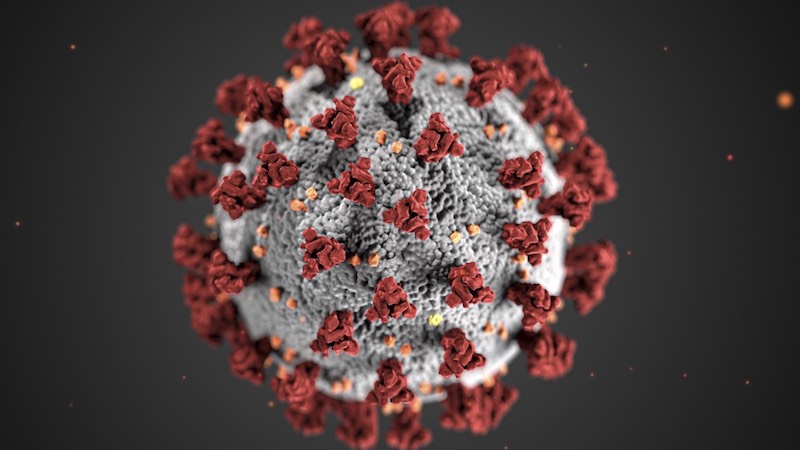We recently passed the four year anniversary of the World Health Organization (WHO) announcing COVID-19 as a public health emergency of international concern (PHEIC). It’s become cliché to say that we’re now living in a “post-pandemic world,” but at our current crossroads, it’s essential to reflect upon the valuable lessons that this pandemic has taught us. Beyond the concerns for our health, this crisis has shed light on the intricacies of risk communication, how risks are perceived and how science is communicated. Let’s delve into the knowledge gained from the challenges we faced during these times.
The Paradoxical Nature of Public Health Response
The pandemic unfolded with a paradoxical twist. Robust public health measures and extensive news coverage seemed to, paradoxically, raise questions about their necessity. Some pondered, “Why did we implement such stringent measures when things eventually turned out okay?” This highlights a challenge in risk communication – striking the right balance between preparedness and avoiding the perception of an overblown response.
As we move forward, it’s crucial to effectively convey the rationale behind proactive measures. Learning from the COVID-19 experience, future risk communication must address the delicate balance between preparedness and public perception, ensuring that measures are not excessive in hindsight.
The Challenge of Public Memory
Human memory is complex. People have a tendency to forget or reinterpret events based on their current emotions and circumstances. This phenomenon was evident during the pandemic, where early uncertainties and evolving responses were met with criticism later on. As we reflect on lessons learned, there is a need for transparency in risk communication.
Acknowledging uncertainties, clearly communicating evolving information, and providing context for decisions can contribute to a more informed and understanding public. By fostering a culture of shared responsibility and continuous learning, we can overcome the challenge of public memory.
The Role of Media in Shaping Public Opinion
Traditional and social media played a pivotal role in shaping public perceptions during the pandemic. The immediate and constant updates from health figures and political leaders created a sense of urgency but also emphasized the need for responsible journalism.
As we move forward, we can refine media practices in the context of health crises. Combining accurate reporting with a nuanced understanding of scientific processes can contribute to a more informed public. Balancing immediacy with accuracy should be a priority in future risk and science communication.
Navigating through the Infodemic
The infodemic—including the rapid spread of misinformation—emerged as a formidable challenge during the pandemic. Fake news, conspiracy theories, and hoaxes proliferated, posing a threat to public understanding and trust in science.
Companies like Google and Facebook took steps to counter misinformation, but the battle against fake news extends beyond technological solutions. Education, emphasizing critical thinking and media literacy, is paramount. Strengthening these skills can empower individuals to navigate the sea of information and distinguish fact from fiction during future crises.
Recognizing the Human Element in Risk Perception
The pandemic highlighted the need to acknowledge diverse perspectives and address the emotional aspects of risk. People’s reactions were influenced not only by scientific data but also by their emotions, values, and cultural backgrounds.
Future risk communication strategies should incorporate a more empathetic and culturally sensitive approach. Recognizing the human element in risk perception fosters trust and ensures communication resonates with a diverse population.
The Intersection of Environmental and Public Health Risks
The parallels between pandemics and other global challenges, like climate change, underscore the importance of integrated risk communication. Both issues require coordinated responses and public cooperation. Future communication strategies should bridge the gap between environmental and public health risks, recognizing the interconnected nature of global challenges.
A Call for Global Collaboration
The pandemic reinforced the interconnectedness of our world. Lessons learned from one corner of the globe can benefit others. Global collaboration in risk communication, information sharing, and response strategies is essential for effective crisis management.
In conclusion, the COVID-19 pandemic has provided profound lessons in risk communication, risk perception, and science communication. Embracing transparency, acknowledging uncertainties, and fostering a culture of continuous learning can prepare us for the challenges that lie ahead. As we emerge from this crisis, the lessons learned will serve as guideposts for building a resilient, informed, and united public
 by
by